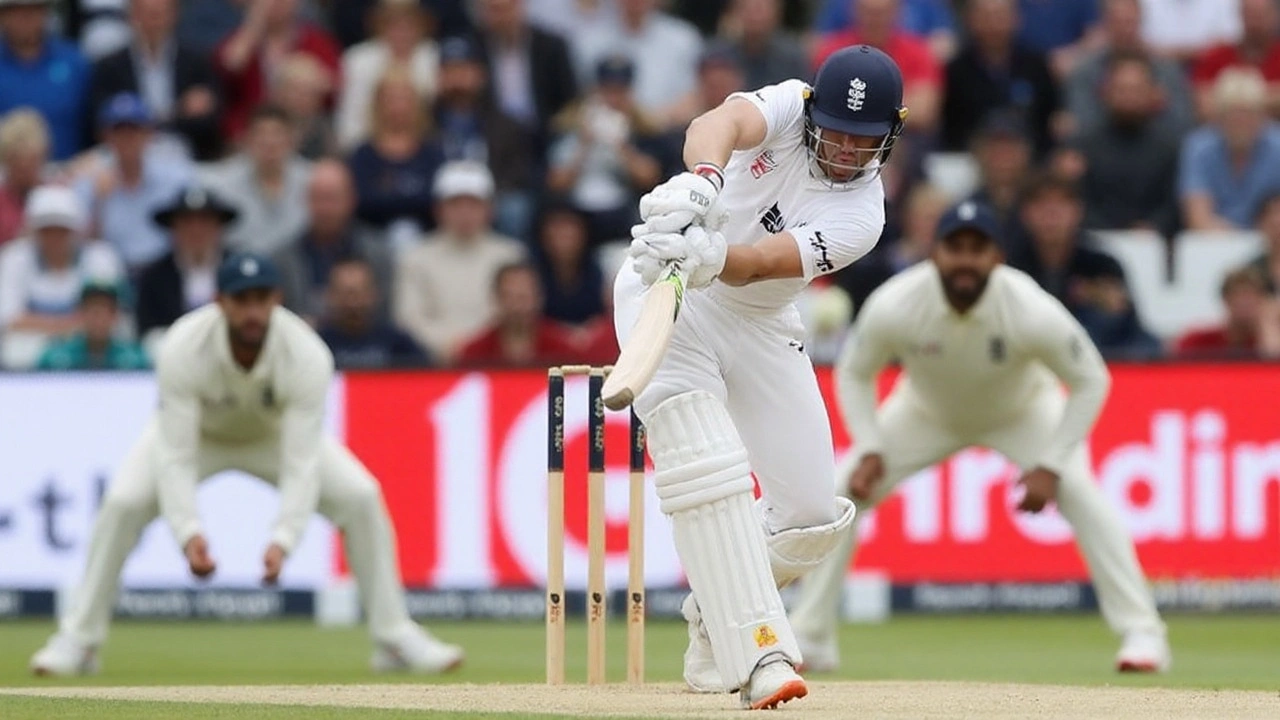Second Highest Chase in Cricket: What It Means and Who Got It
If you love big finishes, the term "second highest chase" should ring a bell. It refers to the second biggest total a team has ever chased down in a limited‑overs game. In the IPL, that number sits just below the record‑breaking 219‑run chase by Royal Challengers Bangalore vs. Pune Warriors in 2011. The runner‑up is a 213‑run chase by Delhi Capitals against Rajasthan Royals in 2022.
Why the chase mattered
Chasing a massive target is a test of nerves, skill, and strategy. The batting side must keep the run rate high while not losing too many wickets. In the 213‑run chase, Delhi’s top order built a solid platform, then the middle order accelerated with boundary punches. The fielding side tried to tighten the field, but a few big overs turned the tide.
Key factors behind a successful second‑highest chase
1. Consistent scoring – Teams need to keep the scoreboard ticking every over. A single big over isn’t enough; the run rate must stay steady.
2. Partnerships – Long stands between two batsmen protect the middle order from pressure and let the scoreboard climb.
3. Smart use of power‑plays – Knowing when to attack during field‑restriction overs can shave off crucial runs.
4. Bowler handling – Picking the right bowlers for each phase and rotating them keeps the opposition from settling.
5. Finisher’s role – A hard‑hitting finisher who can clear the boundary in the last five overs often seals the deal.
In the Delhi‑Rajasthan match, the first partnership of 90 runs set the foundation. Then a partnership of 85 runs kept the run rate above 8 per over. When the finisher came in, a few sixes in the final overs pushed Delhi past the target with three wickets in hand.
Watching a second‑highest chase is a lesson in how cricket balances aggression and caution. It shows that even when the numbers look intimidating, a well‑executed game plan can turn a daunting target into a win.
If you want to relive the excitement, check the highlight reels of that 2022 IPL match. Notice how the batsmen rotated the strike, kept the scoreboard moving, and waited for the perfect moments to go big. Those moments illustrate the core principles you can apply to any big chase, whether in the IPL or local leagues.
So, the next time you hear "second highest chase," you’ll know it’s not just a statistic – it’s a story of skill, strategy, and nerves of steel. Keep these tips in mind, and maybe your team will write the next chapter in chase history.
